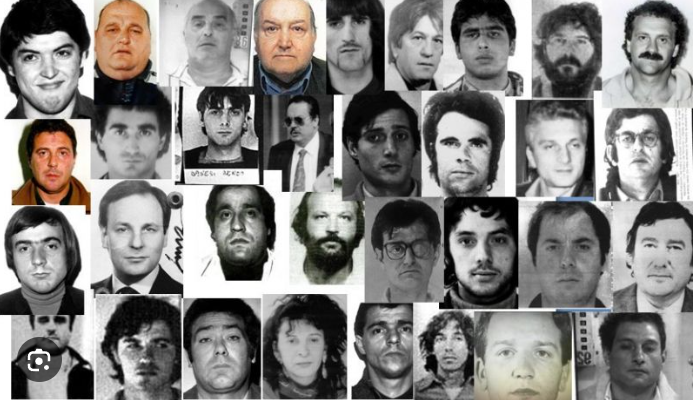What was the influence on politics?
The Years of Lead, so named because of the political unrest and bloodshed that characterized the era in Italian history during which Giuseppucci and the Banda della Magliana came to prominence.
The state itself finally made contact with Giuseppucci, whose gang’s power and influence extended beyond the criminal underworld since he had established contacts in the entertainment industry.
Following the kidnapping of Aldo Moro on March 16, 1978, the Italian authorities promptly inquired about his whereabouts and requested assistance from several criminal groups, such as the Cosa Nostra, the Camorra, the ‘Ndrangheta, and the Banda della Magliana. Giuseppucci received an invitation to meet in the outskirts of Rome with a politician from Washington, DC named Flaminio Piccoli, who was a fellow member of Moro’s party.
Piccoli knew a lot about the criminal underworld in the city, therefore he sought to recruit their cooperation. The Banda della Magliana would be compensated for their crimes in any trials that resulted in corrections. With Selis’s assistance, Giuseppucci was able to determine where Moro’s prison was located. But when he broke the news, he discovered that people who had previously wished to assist Moro had lost interest in coming to his aid. On May 9, 1978, Moro’s body was discovered in the car’s trunk in the heart of Rome.
Is there any relation with today’s times? The Banda della Magliana went into a phase of decline following Giuseppucci’s assassination in 1980, and they haven’t come out of it since. The Banda della Magliana appeared to be a thing of the past after the trials of the 1990s, which destroyed the gang more than any previous war had. The gang is still active in the capital, despite possibly not having the same level of influence and power as before. Occasional small-scale incidents of their activity serve as a constant reminder that they are still there.
The treasures of the former Sicilian boss Salvatore Nicitra and 38 of his cronies were found and seized in February 2020, which was more recent. It was revealed that the “King of Northern Rome” was a participant in a lucrative scheme involving extortion and usury connected to the slot machine industry. The estimated value of Nicitra’s seized property is 13 million euros. Included in this is his estimated 1.7 million-euro house located on Via della Giustiniana. The lavish mansion, complete with marble statues, a vast garden, and a swimming pool, is a reminder that the gang is still active in the capital and is on par with any that the previous members owned when they ruled Rome.

